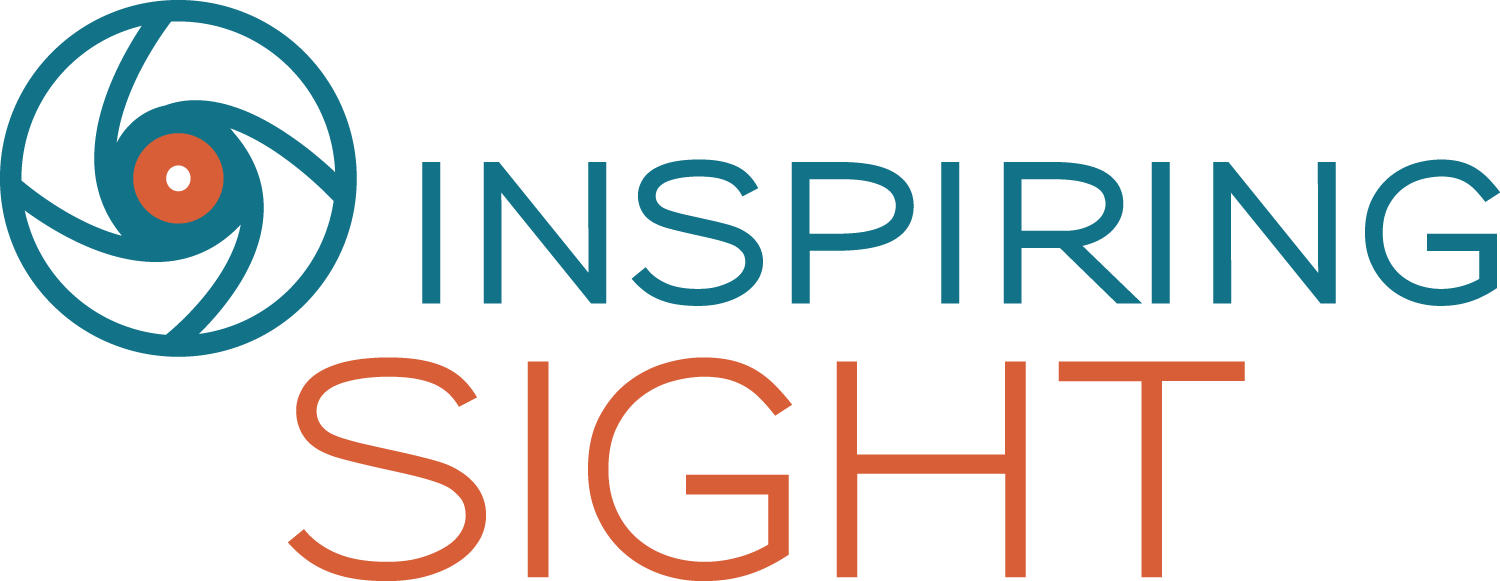The Role Systems Play in Perpetuating Nonprofit Mindsets
Outside of the amazing work that nonprofits do on behalf of our society, the gist of my confidential interviews with 20 seasoned nonprofit leaders and board members boiled down to Three Pervasive Nonprofit Mindsets: Scarcity, Mission Trumps Business, and Ego. These mindsets impact every area of organizational health and have plagued the nonprofit sector for decades.
When interviewees were asked what the top two threats were to the nonprofit sector, scarcity mindset was at the top of the list. I asked only one question around scarcity, but interviewees brought up scarcity throughout the entire interview process—identifying that scarcity touches nearly every aspect of an organization and confirming that problems associated with scarcity thinking extend far beyond money.
So, let’s talk about money. Of the 37,000+ nonprofits in Minnesota, only 13% reported income of $25,000 or more. I know, I know, nonprofits aren’t supposed to make money and they are supposed to be driven by people who want to do good for society. Let’s shine a new lens on that for a moment.
The nonprofit sector’s scarcity mindset didn’t originate on its own. It is in part due to the approach of philanthropy organizations, funders, donors, and grant makers. After all, they are responsible for prioritizing and determining what is appropriate to fund, how long it will be funded, what must be measured, and what hoops nonprofits must go through to get funded.
Dan Pallotta, entrepreneur, author & activist, best known for his role in raising large sums of money for nonprofits through multi-day charitable events, such as Breast Cancer 3-Day walks, AIDS Rides bicycle journeys, or Out of the Darkness suicide prevention night walks challenges the philanthropy community in his TED Talk, – The Way We think About Charity is Dead Wrong.
He invites us to examine what we've been taught to think about giving, about charity and about the nonprofit sector. His premise is that these narratives are actually undermining the causes we love, and the reason people get into this work in the first place. Pallotta, provides four key points as a new way of thinking about the relationship between funders, businesses and nonprofits.
DOUBLE STANDARDS
Nonprofit employee compensation-It is a common donor perception that money should not go to support employees. The average for profit CEO makes $400K, while the average Health nonprofit CEO makes $232K and the average hunger charity CEO makes $84K. Hard to recruit $400K talent for $84K.
Advertising and Marketing-It is expected that nonprofits spend as little as possible on marketing, whereas a for profit is expected to invest heavily in promotion. Why the different standard? If nonprofits could afford more robust marketing campaigns they could engage for more people who care about what they care about—leading to more services to the cause.
Business investment-Donors expect a 90% ROI from nonprofits yet in the for-profit world, a roughly 20% investment would be considered good. Nonprofits aren’t selling widgets. They, in most instances, are working with human potential and change which doesn’t happen overnight and is for more complex.
Turnaround time-A nonprofit is expected to have immediate turn-around. Amazon took 6 years to show any profit to investors. Amazon is dealing with tangible products and buying habits, the majority of nonprofits are dealing with human emotions, trauma, and large and complex systems, yet if they can’t show results in a year or two, are at risk of not being funded again.
DOWNSTREAM VS UPSTREAM THINKING
We are all part of a system, whether it’s a family, organization, school, workplace, or community. In systems work, the focus is on the interactions and the relationships between parts. In a system, one can’t fully understand what is working and what is not without understanding the ecosystem around the organization. In Dan Heath’s book, “Upstream Thinking”, he shares seven questions to ask of your organization to set yourself up for Upstream Thinking which gets to the root cause of problems. :”Upstream Thinking” is one of the most important reads for nonprofit leaders, boards, and funders.
FOR PROFIT AND NONPROFIT SILOS
From my own experiences, and in my interviews with nonprofit leaders, I learned that for-profits and nonprofits tend to operate in silos from each other. Some nonprofit leaders expressed frustration with getting invited to the business, for-profit table and for their lack of success in attracting for-profits to participate at the nonprofit table. These groups tend to move in very different circles and do little to cross pollinate, creating silos. The business definition of silos is, “divisions that operate individually and avoid sharing information.” We have too many challenges for that approach to remain popular.
Businesses are challenged by workforce issues, mental health of their employees, childcare for their employees, equity issues in hiring, attracting people to live near their business, housing to support their employees etc. Nonprofits. I am fully aware of the very large nonprofits and corporations working together, but of the 37,000 nonprofits in Minnesota, not that many are large. Of the 500,000 businesses in MN with 499 or fewer employers, none have the resources of corporations. There is room for improvement and acknowledging we have much to learn and share with each other.
It is important I acknowledge the many nonprofits, for-profits, and funders who are working hard not to play a role in perpetuating these long held nonprofit mindsets and doing this work creatively. We must also acknowledge there are equally as many, if not more, who are stuck in their ways of maintaining the status quo. This is not a nonprofit problem. This is a systems problem and I can promise you, it will be challenging to move the dial on equity or many of the other challenges facing our entire society if we don’t shift to systems thinking as an approach. Read more about the Three Pervasive Nonprofit Mindsets

